
Subdivision Site Plan: What It Is & How to Get One (+Examples)
Picture standing over a blueprint that shows the future of your land – where roads will curve, how each lot will breathe, where every pipe, fence, and tree will fit.
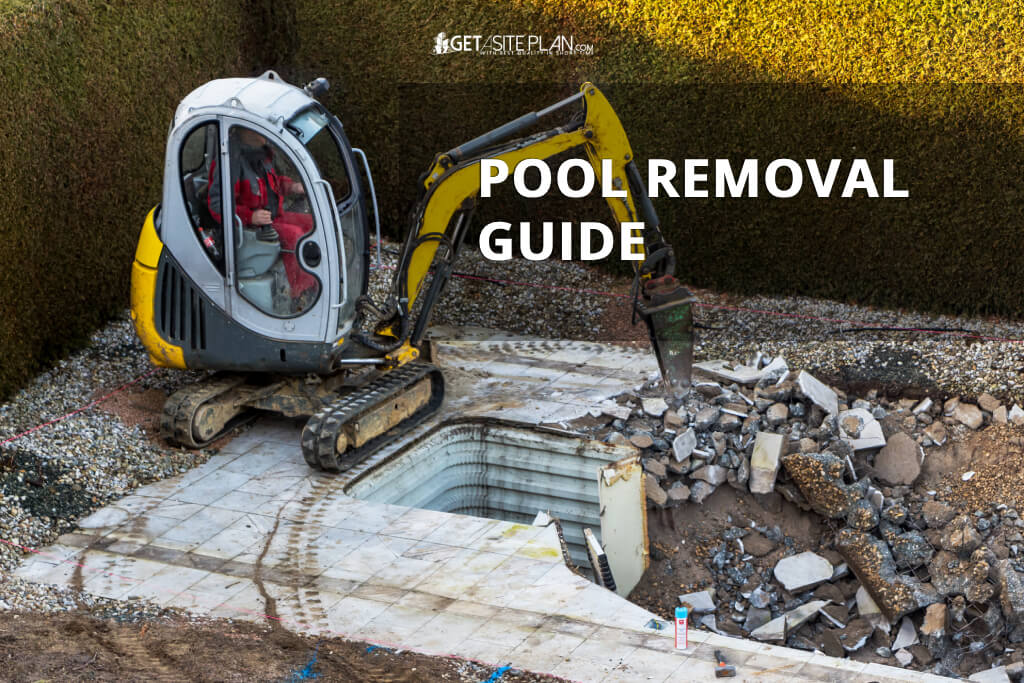

Contributing Writer | Architecture & Design Writer
If your pool is no longer useful for you or you’re concerned about high expenses, and safety issues, or if you are thinking of selling your home, you’re in the right place. Not everyone enjoys having a pool on their property, and there are a lot of different reasons why people choose to remove a pool.
Pool removal can sometimes be challenging due to its structural complexities, costs, environmental considerations, and many other factors that influence the process. However, pool removal can be done easily with good guidance and practical advice.
Stay with us as we guide you through the process of pool removal while we uncover all the details of the process and help you choose the best approach for your pool removal.
Table of Contents
Toggle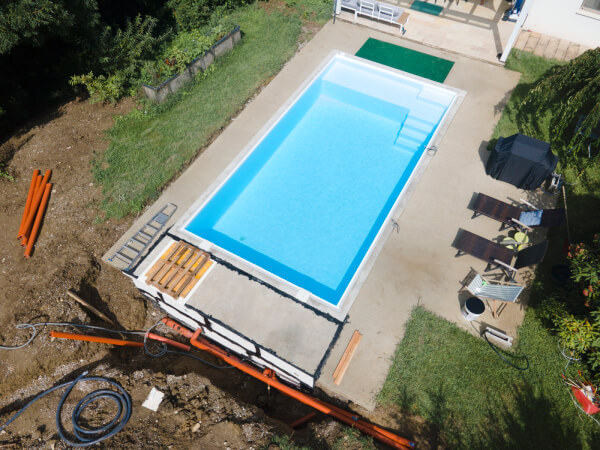
There are a lot of reasons why people decide to remove a pool. One of the most common are:
Whatever the case is, it is important to be sure in your decision and to know why you are removing the pool. There are both advantages and disadvantages, so it is important to be well-informed before undertaking such a process.
The cost of pool removal depends on numerous factors such as the type of pool (above ground or inground), size of the pool, pool removal method, and the demolition contractor you choose (You can compare the expenses by checking How Much a Pool Remodel Costs).
If you’re sure about removing your pool—or are still weighing the option of remodeling a pool—read on to learn about different pool removal methods and which one suits you best.
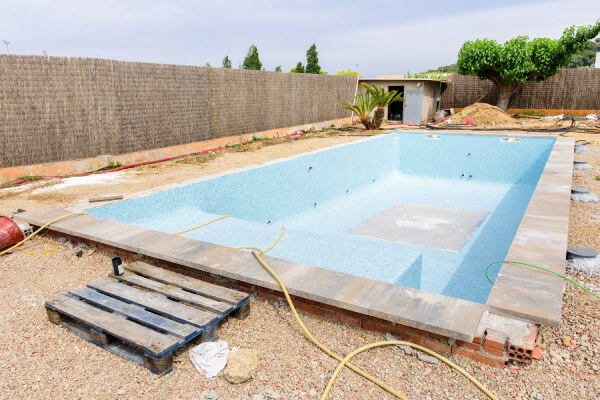
If you’re wondering how to get rid of an inground pool from your property, there are two ways:
Above-ground pool removal methods include:
Now that we’ve established which pool removal methods exist, let’s find out more about the inground pool removal process because its removal process is more complex than for an above-ground pool.
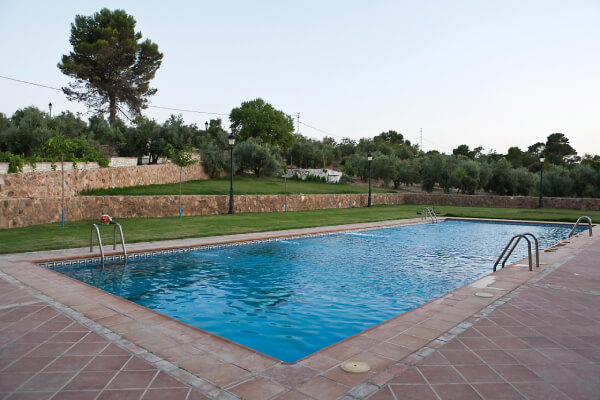
What is involved in the inground pool removal process? Here are the steps that need to be included:
As we said before, there are two methods of pool removal, partial pool removal and full pool removal. We will deal with each of these methods individually when it comes to the inground pool removal process.
Filling in a pool or partial removal, involves draining the pool, breaking up the top layer of the pool, and filling the space with materials like gravel or sand. This method is the most affordable way of removing an inground pool and it’s faster than full pool removal because it typically takes 2-3 days to finish it.
This method carries some risks as well, especially if you want to sell your house in the future. You’ll need to disclose this to future buyers of the property because if the method isn’t done properly, there is a potential risk of sinkage, swelling, or lack of proper seepage.
Complete pool removal involves demolishing the entire structure, backfilling with soil and gravel, removing debris, and restoring the area with topsoil. The process begins with pool draining, and removing all materials like concrete, fiberglass, liner, etc., and hauling them away. After this, the area is filled with soil or gravel and compacted.
Disclosing full pool removal to the potential buyers, in most cases, doesn’t impact on home’s value and the risk of sinkage and seepage is reduced, even eliminated.
Most of the cities consider the area of the former pool to be non-buildable, which means that no additions or dwellings can exist there. Although it’s non-buildable, the area is still very suitable for sheds, concrete, different landscaping, trees, etc.
In the following text, discover what type of permits you need, in order to safely start the pool removal process.

In most cases, for pool demolition, you’ll need a demolition permit. The cost of a permit depends on your local municipality. Many local governments have rules on how the pool should be removed.
Some municipalities have zoning ordinances or codes that state that a pool must be completely removed, without filling in. If partial pool demolition and removal are allowed, there will probably be some specific protocols on how you should fill in the pool.
Pool permit ensures that the demolished pool pieces are being removed and disposed of responsibly, and to ensure that the space where your pool used to be is filled in accordingly and does not represent a danger to other structures or people.
To make sure you’re handling the process in the best possible way, it’s always advisable to get a demolition contractor who will give his estimate on everything.

Since removing a pool can be a costly experience, it’s always highly recommended to get multiple estimates and opinions on the best way to do your pool demolition project. You should get quotes from different pool removal contractors in your area to decide which one is the most efficient for you.
You will need to provide your contractor a detailed site plan, that will provide an overview of everything that’s on your property.
Hiring an experienced pool removal contractor is very important because due to the use of heavy equipment for pool demolition, damage can be done to landscaping, driveways, septic tanks, sewer connections, etc. To avoid this, the pool contractor needs to carefully consider how to gain access to the pool, and what size and type of equipment is the best for your pool and backyard.
Whatever pool removal method you choose, always hire a licensed professional who will do the work according to municipality and building rules.
After you finish your pool demolition process, you can fill in your pool and transform your backyard. In the following text, find out different alternatives to filling in an inground pool.
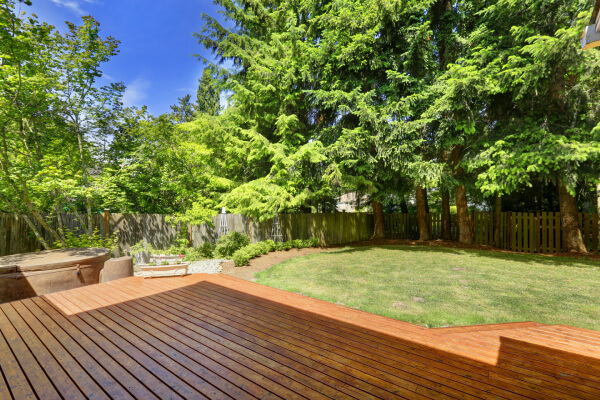
After pool demolition is done, with a little creativity, you can transform your old and now useless pool into a usable area for you and your family. Here are 4 ideas of what you can do:
These are the four most common ideas for reusing the backyard space on your property after the demolition of the pool. Whichever idea you decide on, you will certainly not go wrong and you’ll use the space in the best way.
Yes, it is possible to remove an inground pool on your own, but it’s not advisable since the process is very challenging and involves tasks like draining, breaking up the structure, and taking care of the disposing of debris. You should always consider hiring professionals for the safety and efficiency of the process.
Removal of fiberglass pools involves:
– draining the pool
– cutting it into sections
– lifting or excavating the pieces from the ground
This process will most likely require heavy equipment and skilled labor. Once the process of removal is done, the site is filled, leveled, and landscaped to restore it to its original condition.
Pool removal service typically depends on numerous factors such as pool type, size, and location. Basic above-ground pool removal goes from $2,000 to $6,000 while inground pool removal costs are more expensive and range from $5,000 to $20,000.
Yes, you can reuse or recycle materials from your removed pool. Metal components can be reused or recycled, concrete and masonry can be crushed for landscaping, wooden decking can be repurposed while pool liners like vinyl, may have more limited recycling options. For proper disposal always check in with local recycling facilities.
You should consider a lot of factors such as soil quality, drainage, plant selection, irrigation, hardscaping, utility lines, budget, local regulations, and erosion control, and always seek professional help and advice when you’re planning landscaping after pool removal.
Now that you know everything about the process, you’re ready to remove your pool safely without any concerns. Our expert guidance and site plan for permits, ensure efficiency, compliance with regulations, and a stress-free experience. We hope that we have helped you and that your pool removal will go without any complications.
For any additional questions, please feel free to contact us.
Learn more about our contributor:

Contributing Writer | Architecture & Design Writer
During my career, I’ve written articles on interior design, home remodeling, and renovation with an emphasis on money-saving tips and DIY ideas. It’s been a rewarding journey and I am thrilled to continue helping others bring their architectural visions to life.

Picture standing over a blueprint that shows the future of your land – where roads will curve, how each lot will breathe, where every pipe, fence, and tree will fit.

Before you build a porch, add a roof on it, or fix an existing structure, you may need a permit. Local city or county rules determine whether approval is required,
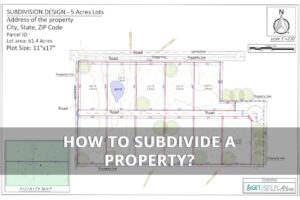
Whether you want to sell part of your land, create multiple lots for development, or simply increase its value, subdivision of property can be rewarding – but it’s also highly